GM Design in Rehab
Enthusiasts born since 1975 may not believe it, but General Motors was once the world's automotive style leader. Under designer Harley Earl's direction, the General's products attained an unparalleled level of artistic achievement. Cars like the LaSalle, '55 Chevrolet and the early Corvettes embodied Earl's genius, and made the competitor's products look dated, clumsy and awkward.
When Earl retired from GM in 1958, his spirit lived on for at least two more decades. You can see his influence in the 60's Pontiacs and 70's Corvettes. And then, well, considering the styling of GM's vehicles in the last couple of decades, old Harley eventually began to spin in his grave. How such a style-led company could release a vehicle as ugly as the Pontiac Aztek or the 2000 Impala is anybody's guess. But, maybe, just maybe, the great man's spirit is back in GM's design studio. Consider the Buick LaCrosse…
The LaCrosse is a striking yet subtle design. Its surface development is nothing less than superb; the transitions from one plane to another are wonderfully harmonious. The creases in the LaCrosse's rear quarters add enough visual tension to keep the large surfaces from appearing merely bulbous, and they add length to what is actually a fairly short car for a mid-sized sedan.
Notice that the LaCrosse's rear door cut-line stops short of the wheel opening. This detail ensures that panel misalignment– a virtual certainty when building a mass-produced car– doesn't cut into the line of the wheel opening, creating an awkward disruption in the curve.
The LaCrosse's basic proportions are also perfectly judged. The A-pillars are aimed, in side view, right at the front wheel centers. If the A-pillars are too far forward (e.g. Chrysler LHS), the car looks like it's tripping over its wheels. If they're too far back (older Mercedes E-class), the car looks too formal to be a modern car. This detail seems to have eluded many designers, perhaps because of the need to be trendy and different, rather than inherently pleasing.
The C-pillar relationship to the rear wheels is equally important. Again, the LaCrosse gets it just right. The C-pillar's visual center and the rear of the roof are supported by the center of the rear wheel. This positioning gives the roof the visual support it needs to look strong. Too far back (Ford 500 and lots of other cars), and it looks like the designers skimped on the wheelbase. Too far forward, and the car looks stretched.
The mass of the roof plays off perfectly against the mass of the rest of the body. If the side glass is too short, a car looks like an armored pillbox (Chrysler 300). Too tall, and the car looks small and weak (early BMW 2002). A car needs a certain amount of body mass to look healthy, and the Buick achieves the perfect balance.
If a car's wheel openings are centered above the center of the wheels, the car looks like it is about to go off-roading, like the Ford 500 and F150. If the car sits too low on the wheels, it looks like an amateur custom job, like the majority of SEMA's tuner cars. The LaCrosse's wheels are ideally positioned: centered in the wheel openings. And the LaCrosse's tires are the correct diameter to fill the openings; no wimpy, under-tired econobox here.
Back when Harley Earl was boss, GM cars had no exposed fasteners, no visible joints between body panels, no raw edges of sheet metal. Even the gas caps were hidden on most models, lurking behind trick taillights or license plates. Today's government rules prevent the gas cap from disappearing, but in every other way, the LaCrosse lives up to the standards Harley Earl set forth those many decades ago. There isn't an awkward detail in the entire body. Of course, if Harley Earl was really in charge, the LaCrosse would have had three portholes in each front fender, and the Park Avenue would have four. Maybe next year…
While the LaCrosse's overall design still looks like a Buick, there are many elements, especially in the greenhouse, that are vaguely evocative of a refined and updated Taurus. Looking at the Buick, it's easy to imagine what the Ford 500 should have been– rather than the amateur Audi copy it became.
The LaCrosse's TV ads reflect the car's sense of refinement and understatement. No crazy driving on isolated, curving roads (closed course, professional driver, don't sue us if you try it and it goes badly), no tearing through the wilderness or splashing through mud puddles. No, the Buick LaCrosse is simply shown along with a beautiful, mature woman in a variety of subtly suggestive poses. Yes, Harley Earl is back at the Buick studio, and not a moment too soon.
More by Bob Elton
Latest Car Reviews
Read moreLatest Product Reviews
Read moreRecent Comments
- SCE to AUX All that lift makes for an easy rollover of your $70k truck.
- SCE to AUX My son cross-shopped the RAV4 and Model Y, then bought the Y. To their surprise, they hated the RAV4.
- SCE to AUX I'm already driving the cheap EV (19 Ioniq EV).$30k MSRP in late 2018, $23k after subsidy at lease (no tax hassle)$549/year insurance$40 in electricity to drive 1000 miles/month66k miles, no range lossAffordable 16" tiresVirtually no maintenance expensesHyundai (for example) has dramatically cut prices on their EVs, so you can get a 361-mile Ioniq 6 in the high 30s right now.But ask me if I'd go to the Subaru brand if one was affordable, and the answer is no.
- David Murilee Martin, These Toyota Vans were absolute garbage. As the labor even basic service cost 400% as much as servicing a VW Vanagon or American minivan. A skilled Toyota tech would take about 2.5 hours just to change the air cleaner. Also they also broke often, as they overheated and warped the engine and boiled the automatic transmission...
- Marcr My wife and I mostly work from home (or use public transit), the kid is grown, and we no longer do road trips of more than 150 miles or so. Our one car mostly gets used for local errands and the occasional airport pickup. The first non-Tesla, non-Mini, non-Fiat, non-Kia/Hyundai, non-GM (I do have my biases) small fun-to-drive hatchback EV with 200+ mile range, instrument display behind the wheel where it belongs and actual knobs for oft-used functions for under $35K will get our money. What we really want is a proper 21st century equivalent of the original Honda Civic. The Volvo EX30 is close and may end up being the compromise choice.


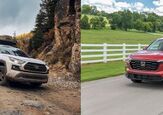
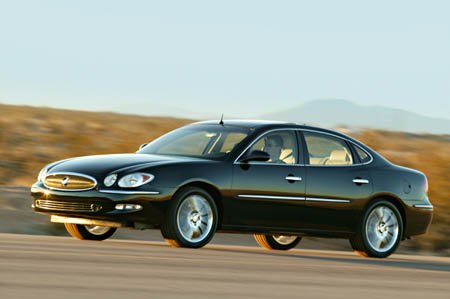

















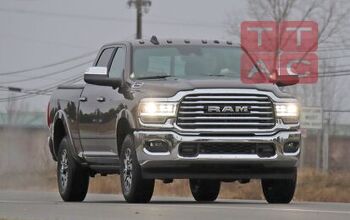
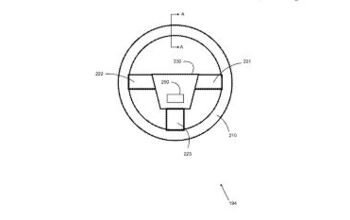

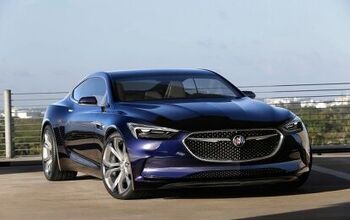
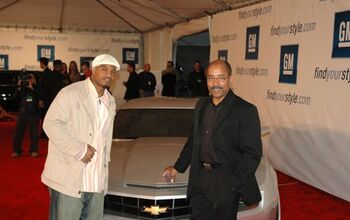
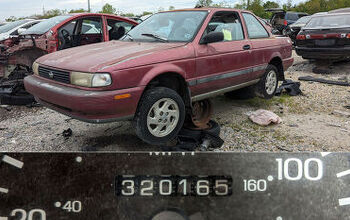




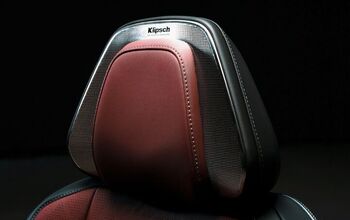
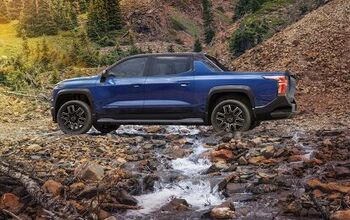
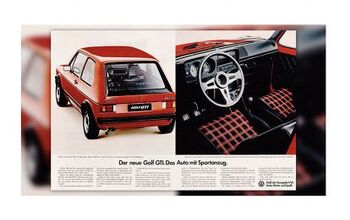
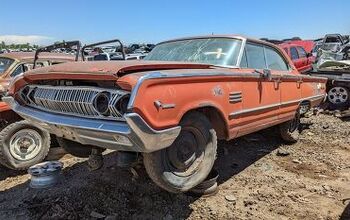

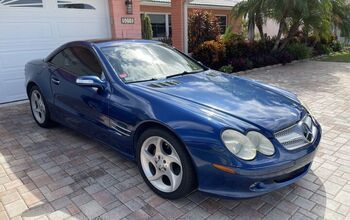
Comments
Join the conversation
The overall look and style of an automobile is of course subjective. I think it was Harly Earl's protege Bill Mitchell who said that one hallmark of groundbreaking good design was that upon seeing such a design for the first time one would initially be put off by the looks. That over time the feeling would change and that eventually the design would be seen as attractive. His explanation fit how I came to see the caddilac CTS and my current car a Scion XB. I thought both were revolting when I first saw both designs because they were in striking contrast to what was curently out there but over time my feelings slowly changed to reflect admiration and attraction. The Aztek at least was an attempt to be different. The 2000 Impala however is a mishmash of horizontal and verticle lines. I still consider it repulsive although the newer current generation Impala I do find very attractive